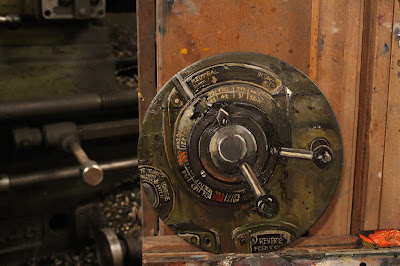 | ||
| Work in progress - E125 ' '2 windows in the Large Erecting Shop, Eveleigh Railway Workshops' 2017 oil on canvas 46 x 46cm |
I
painted while the interior of the Large Erecting Shop was
being decluttered so it could be turned into a running shed.
There's the usual workshop detritus that's been lying around so long that everyone's forgotten who put it there and why.
 |
| Work in progress - E125 ' '2 windows in the Large Erecting Shop, Eveleigh Railway Workshops' 2017 oil on canvas 46 x 46cm |
In this area is an ancient trolley and a wooden pallet loaded with old lead acid batteries.
The lead acid battery, so familiar to motorists, was originally used to power the lights in train carriages while stopped at a station. It was invented in 1859 by French physicist Gaston Planté and is the oldest type of rechargeable battery.
Despite having a low energy-to-weight ratio and a low energy-to-volume ratio, the lead acid battery can supply high surge currents, so that the cells have a large power-to-weight ratio. This,as well as their low cost, made them an efficient way to provide the high current required by carstarter motors.
Despite having a low energy-to-weight ratio and a low energy-to-volume ratio, the lead acid battery can supply high surge currents, so that the cells have a large power-to-weight ratio. This,as well as their low cost, made them an efficient way to provide the high current required by carstarter motors.
As electric cars take over the world, the lead acid battery will soon become obsolete.
So this still life is a fitting symbol of transience - an industrial memento mori.
 |
| Work in progress - E125 ' '2 windows in the Large Erecting Shop, Eveleigh Railway Workshops' 2017 oil on canvas 46 x 46cm |
Between the windows in the foreground is an old slatted pine heavy duty trolley.
It has cast iron, rather than rubber wheels, so probably dates from the late 19th century.
 |
| Work in progress - E125 ' '2 windows in the Large Erecting Shop, Eveleigh Railway Workshops' 2017 oil on canvas 46 x 46cm |
I see beauty in highlighting the truth, however random,awkward or clumsy it may be..
Related Posts































